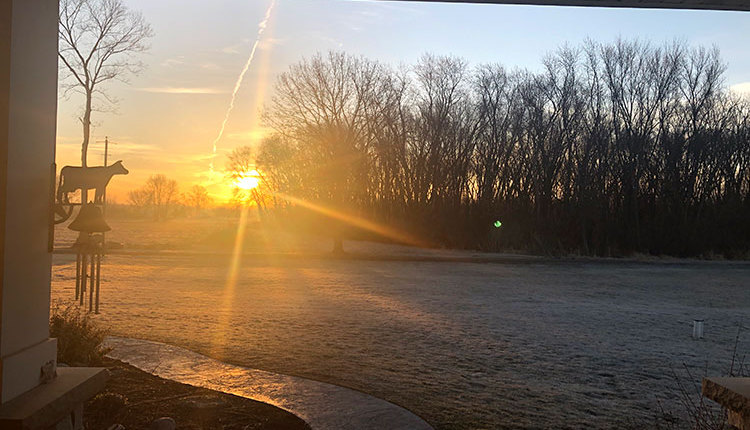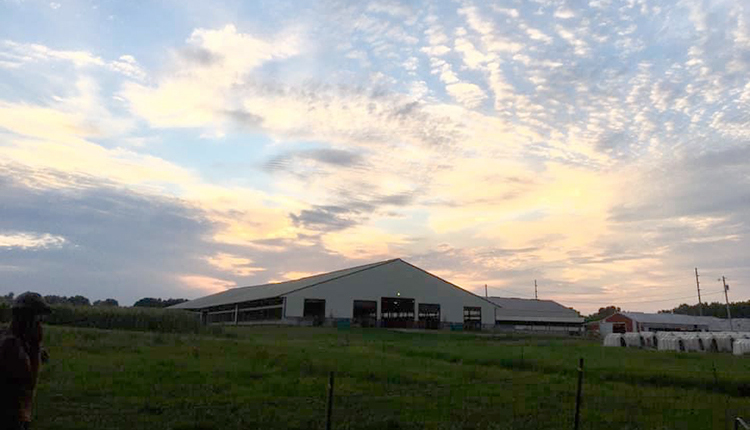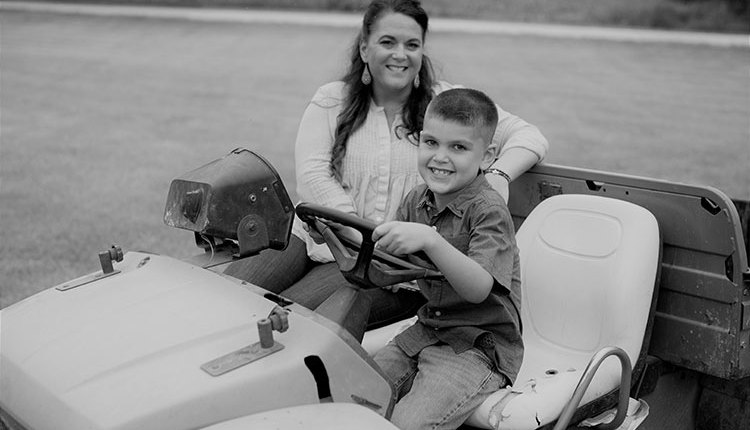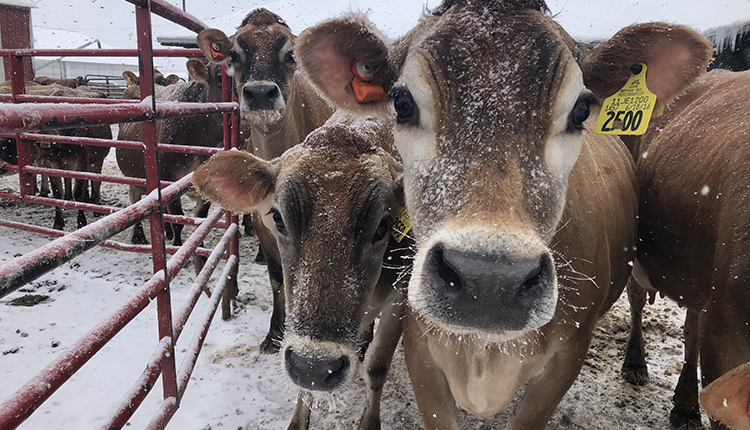
It feels as if there has been 100 days in the month of January. My guess is some of you can relate. Over the last 10 days, the temperature has not risen above 10°F, with the coldest day at -50°F here in East Moline, Ill. I told my husband that I'm so over this winter. He smiled and replied, “Give me a break, Karen, you dealt with weather like this growing up."

He is right. I did experience growing up with an abundance of snow on my family's dairy farm in central Oregon, but my memory doesn't recall any subzero weather.
I told my kids about how hard it was to manually bed hundreds of bales of straw out on an open drylot to help keep our cattle warm. But, they offered no empathy because honestly, they have become accustomed to this winter weather and pitching in to help keep our cattle fed, warm, and comfortable.
So far, 2019 has been a winter for us to remember; we have awoken to measurable snow more mornings that we can recall. My kids have gotten pretty good at suiting up and heading out for shoveling snow, plowing snow, bedding heifer lots and calf hutches, breaking water, and so much more.
Winters like this make me ask, "Are farmers passionate or crazy?" My guess is that we are a little bit of both. Passionate to play a role in feeding a growing world and providing the best care for our cows, and crazy enough to lace up our boots, morning after morning, despite the frigid temperatures. I asked my husband what motivates him, and he replied, "It's my job to take care of the cows regardless of the temperature." I know many of you nod with the same answer.
What are your winter survival tips? Ours has us working in unison as a team, now more than ever, to make sure the cattle stay warm. When cows exit the parlor, we don't let them stand around. They are immediately moved back to the freestall barn to stay out of the wind and cold. We have had good luck with our Westfalia brand of postdip, and we use that when the weather dips below 15°F (pending on the wind).
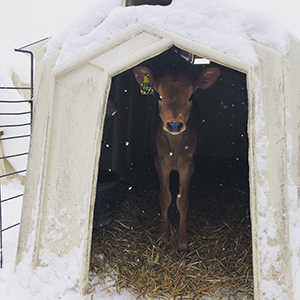
When we feed milk replacer, we add a fat additive to give the calves extra energy in their diet. When we feed pasteurized milk, we feed them additional milk to give them extra energy. We wait to move calves out of the calf house (which is normally around three weeks of age) when the weather is warmer. We try to transition them when it’s best for them, not when it's best for us.
I think our biggest survival tip is to take small breaks when we can — not to burn ourselves out before the next blizzard arrives. And we all need to remember that each day that passes is a day closer to spring. Bring on the mud!
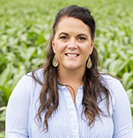
Karen Bohnert is a second-generation dairy farmer, born and raised on her family dairy in Oregon and moved east after graduating from Oregon State University. Karen and her husband work in partnership with family, and they along with their three children live and work on the family's 500 Jersey cow dairy in East Moline, Ill. Karen's pride and love for dairy could fill a barn, and she actively promotes dairy anyway she can.






